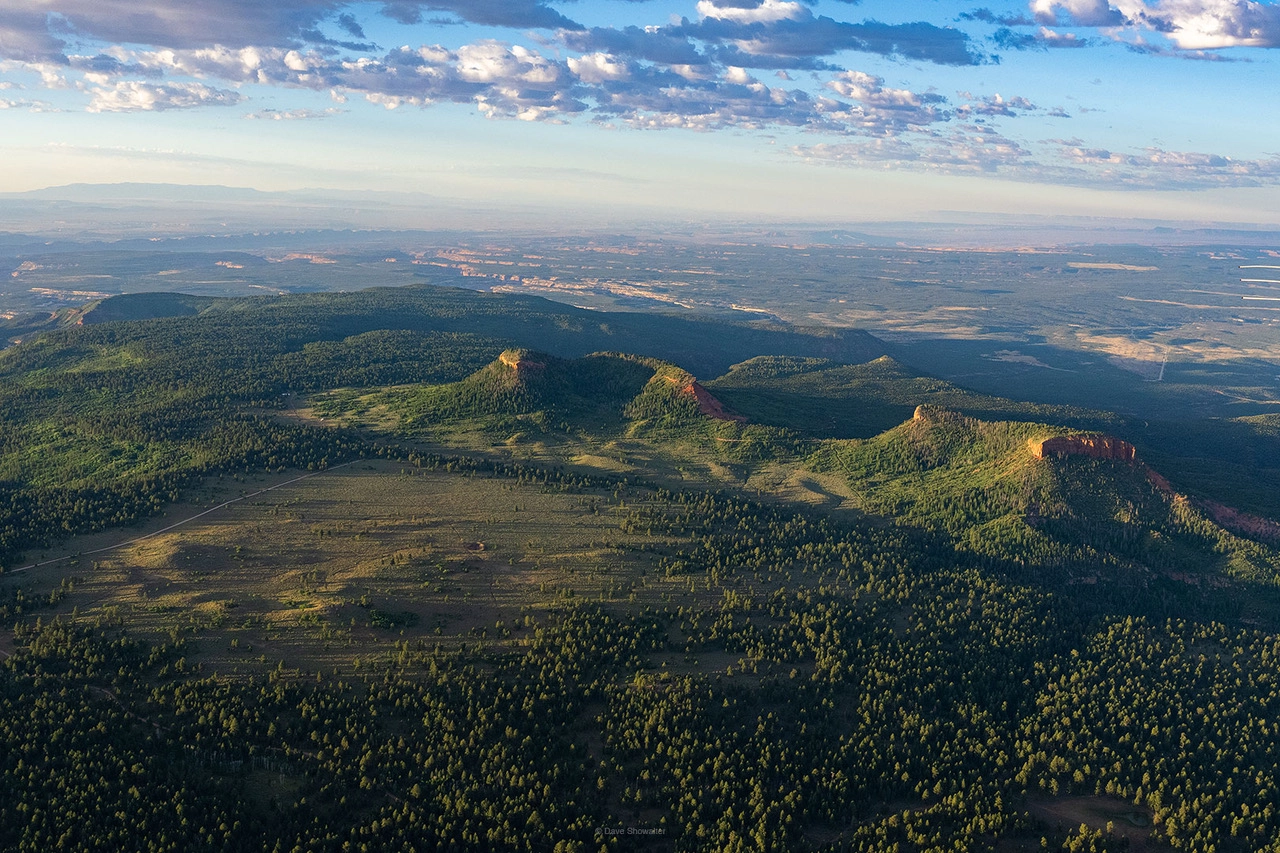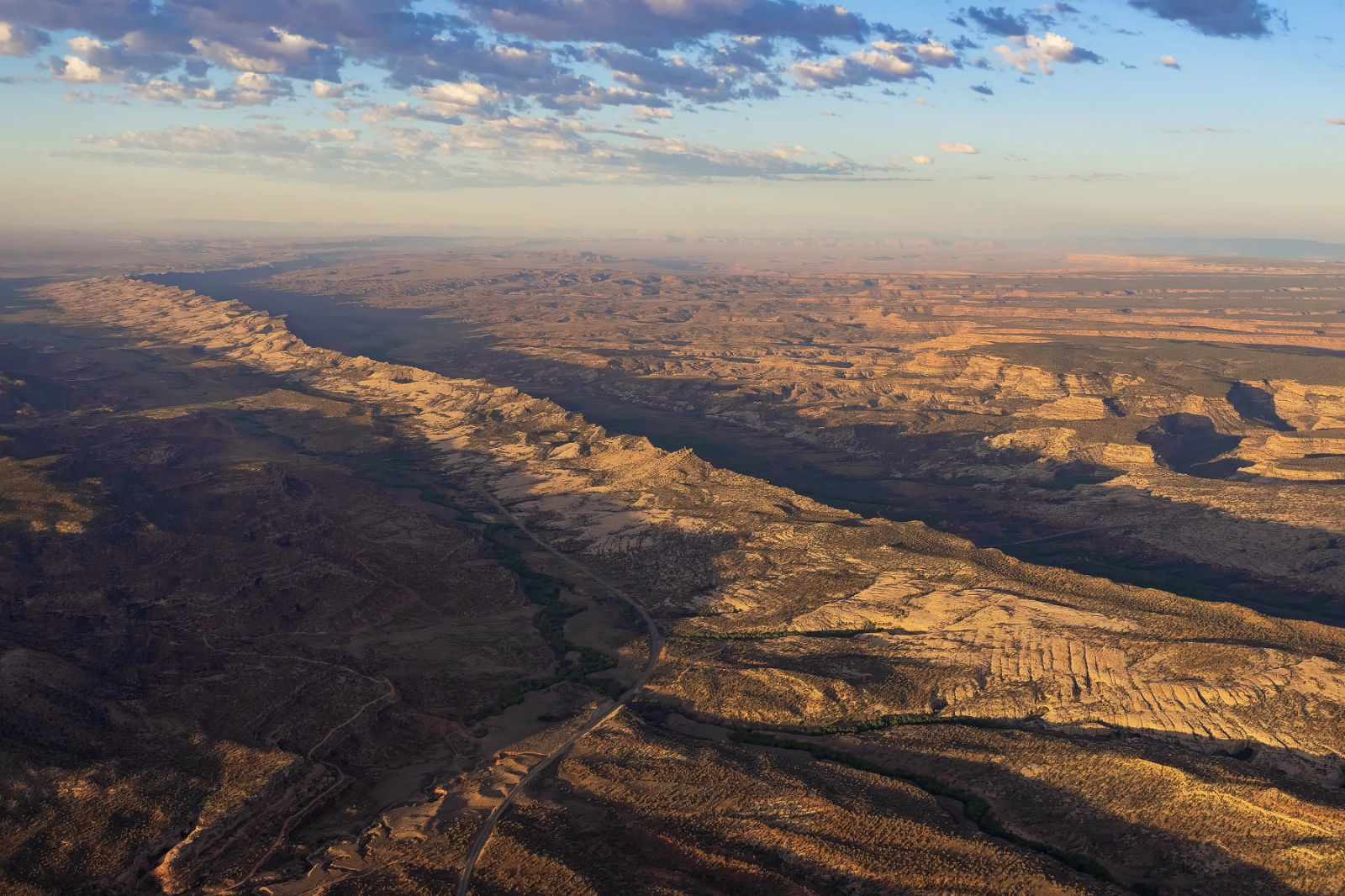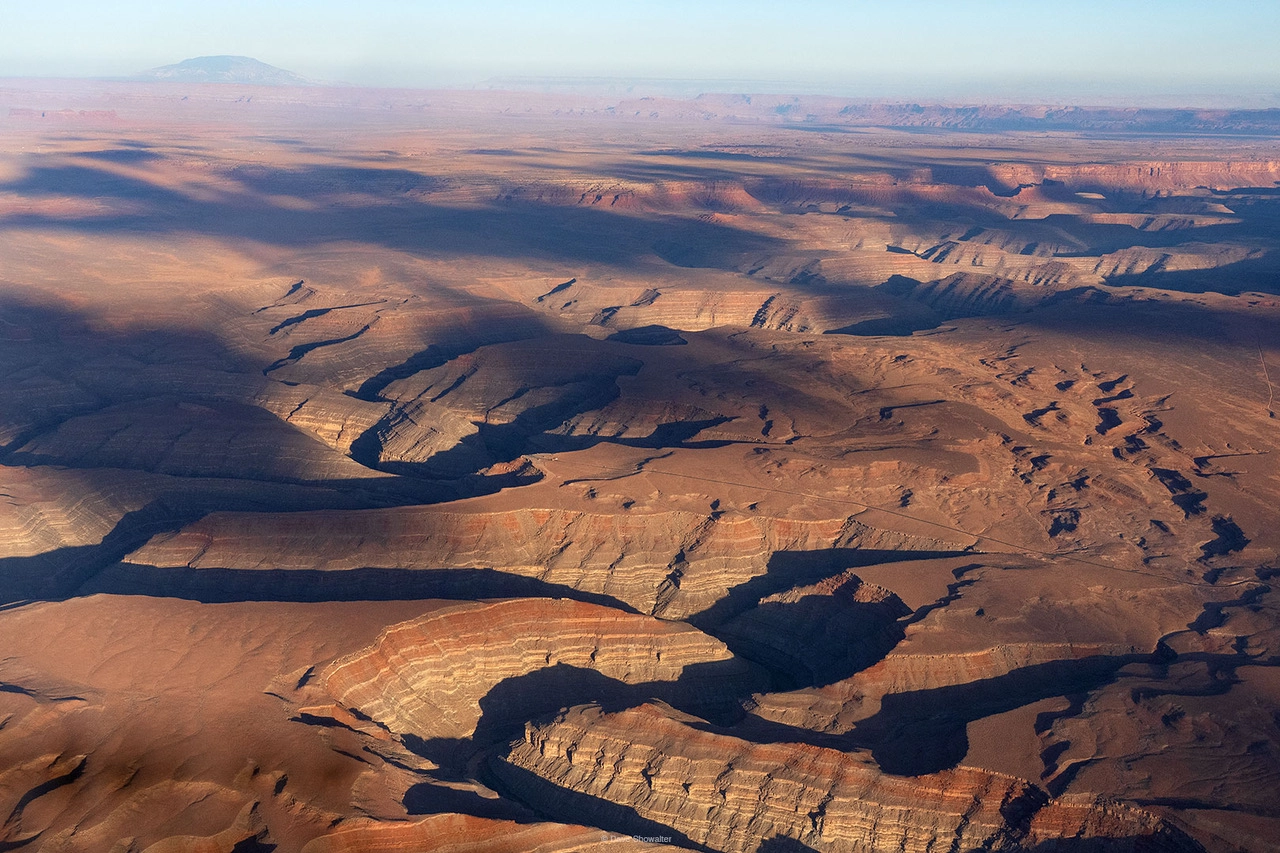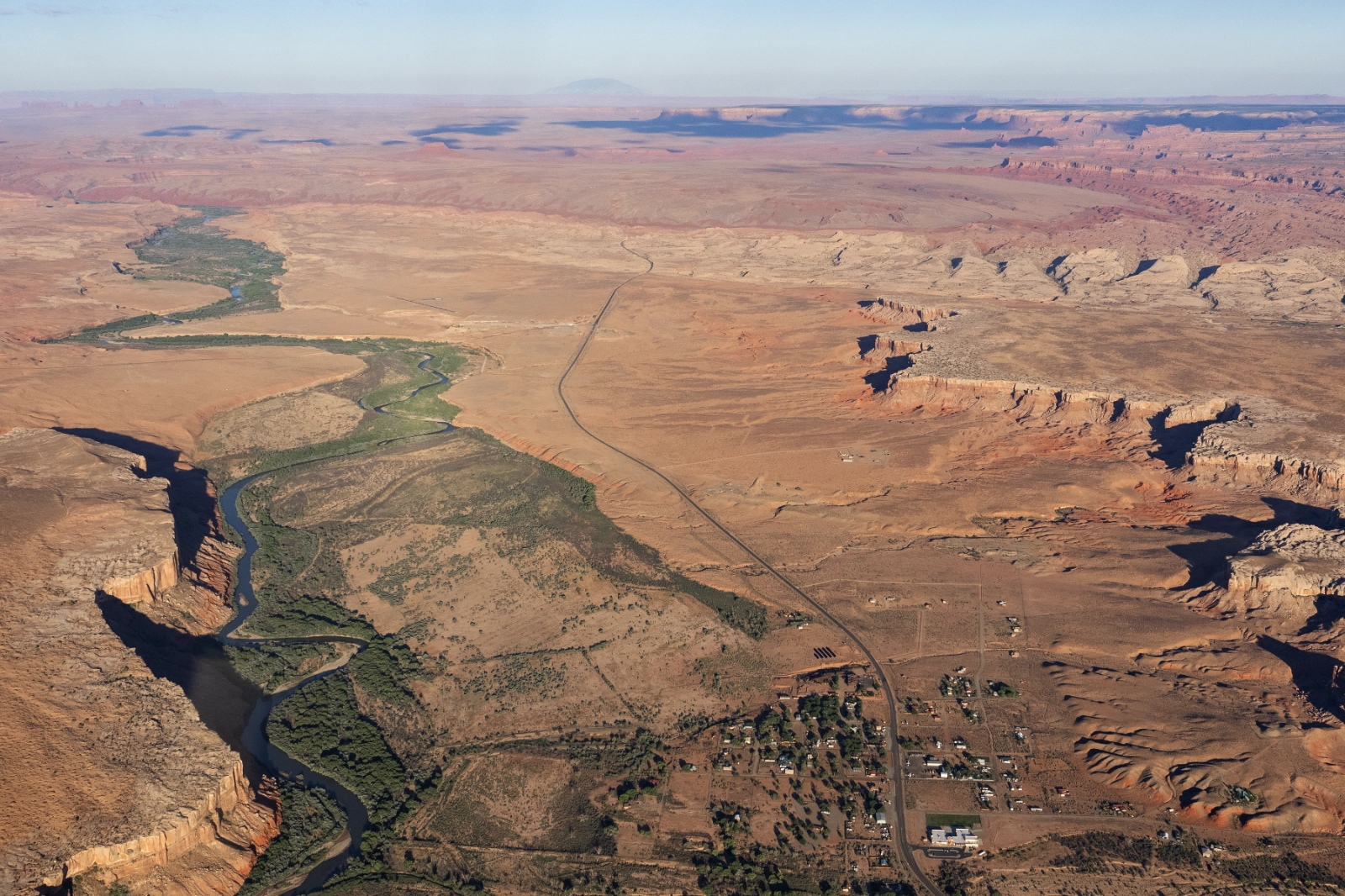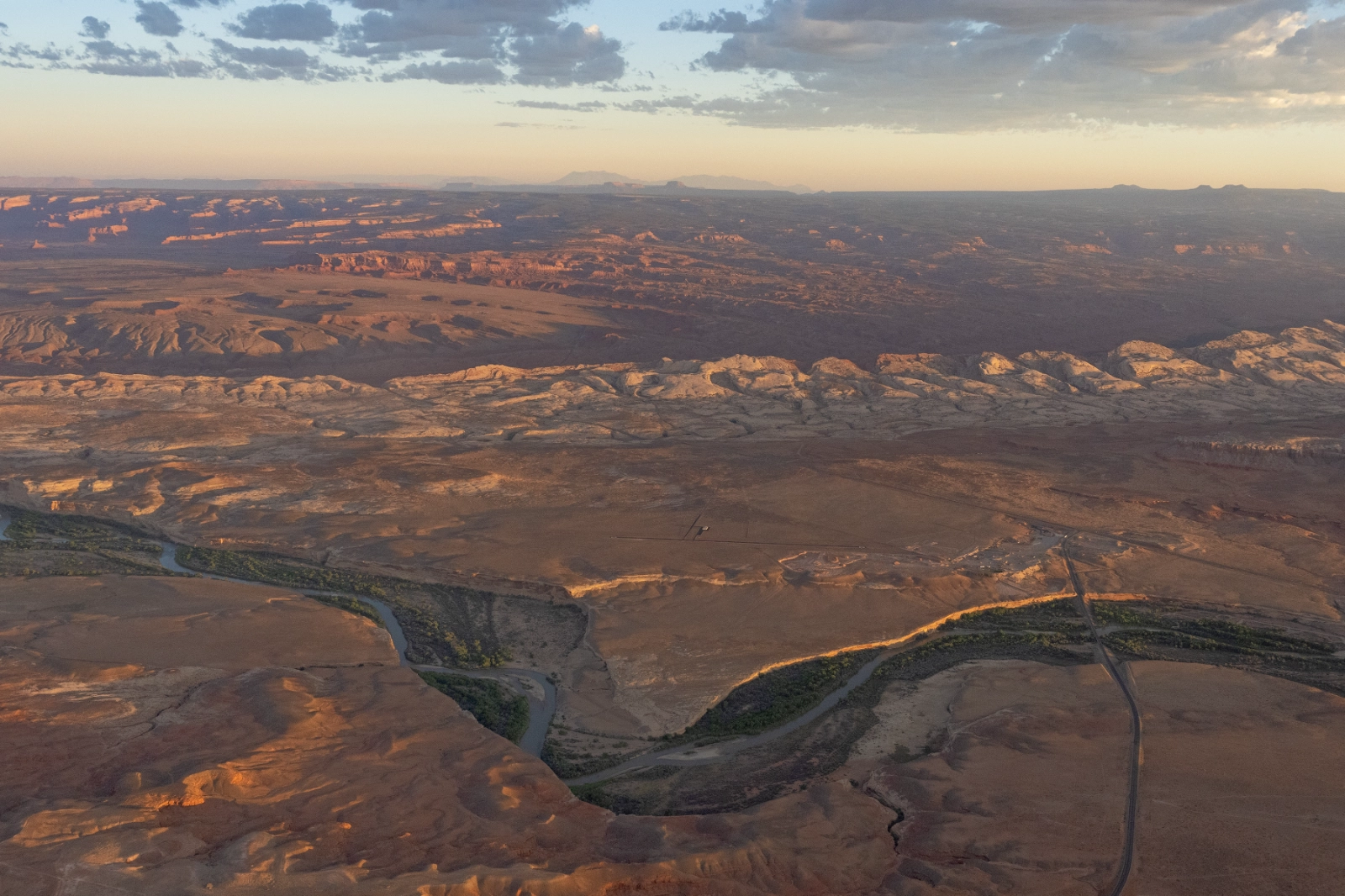Protecting Bears Ears National Monument by Capturing its Beauty
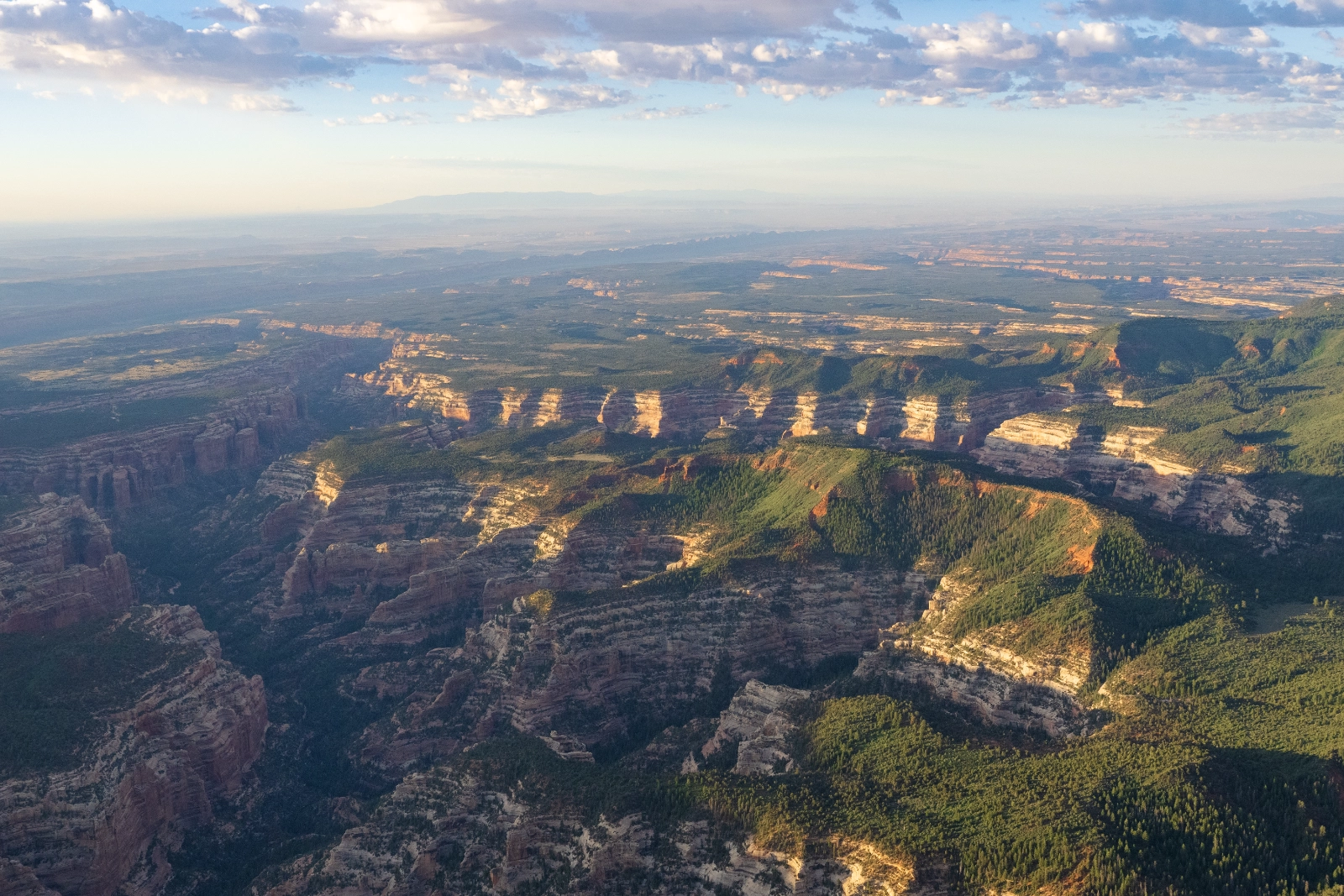
Bears Ears National Monument is one of several landscapes currently threatened by efforts to open them for extractive industries to exploit. Photo by Dave Showalter.
There are currently 138 National Monuments across the United States, managed by the federal government to protect a wide range of natural, historical, and cultural resources. According to the National Parks Conservation Association, these sites include areas of geologic, marine, archaeological, and cultural significance.
Since 1906, presidents have used the Antiquities Act to designate national monuments without requiring congressional approval. The Act also allows for the expansion of existing monuments to ensure continued protection.
Today, some national monuments face renewed scrutiny. The current administration has proposed reducing or eliminating certain protections, with the Secretary of the Interior calling for a review of designated lands to assess the potential for resource extraction through mining and drilling.
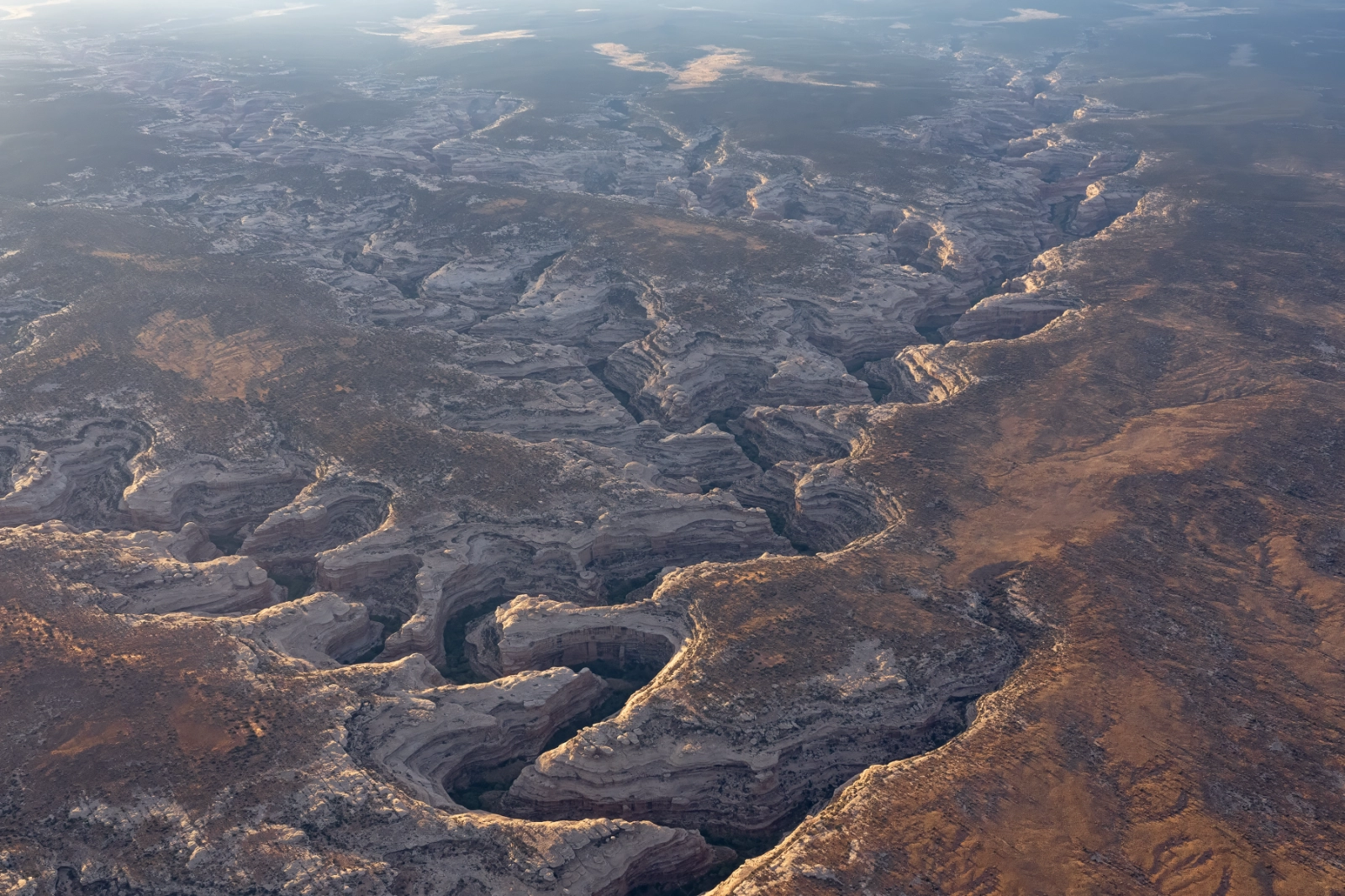
Bears Ears National Monument is home to stunning landscapes that bear cultural significance to several Native American tribes in the region. Photo by Dave Showalter.
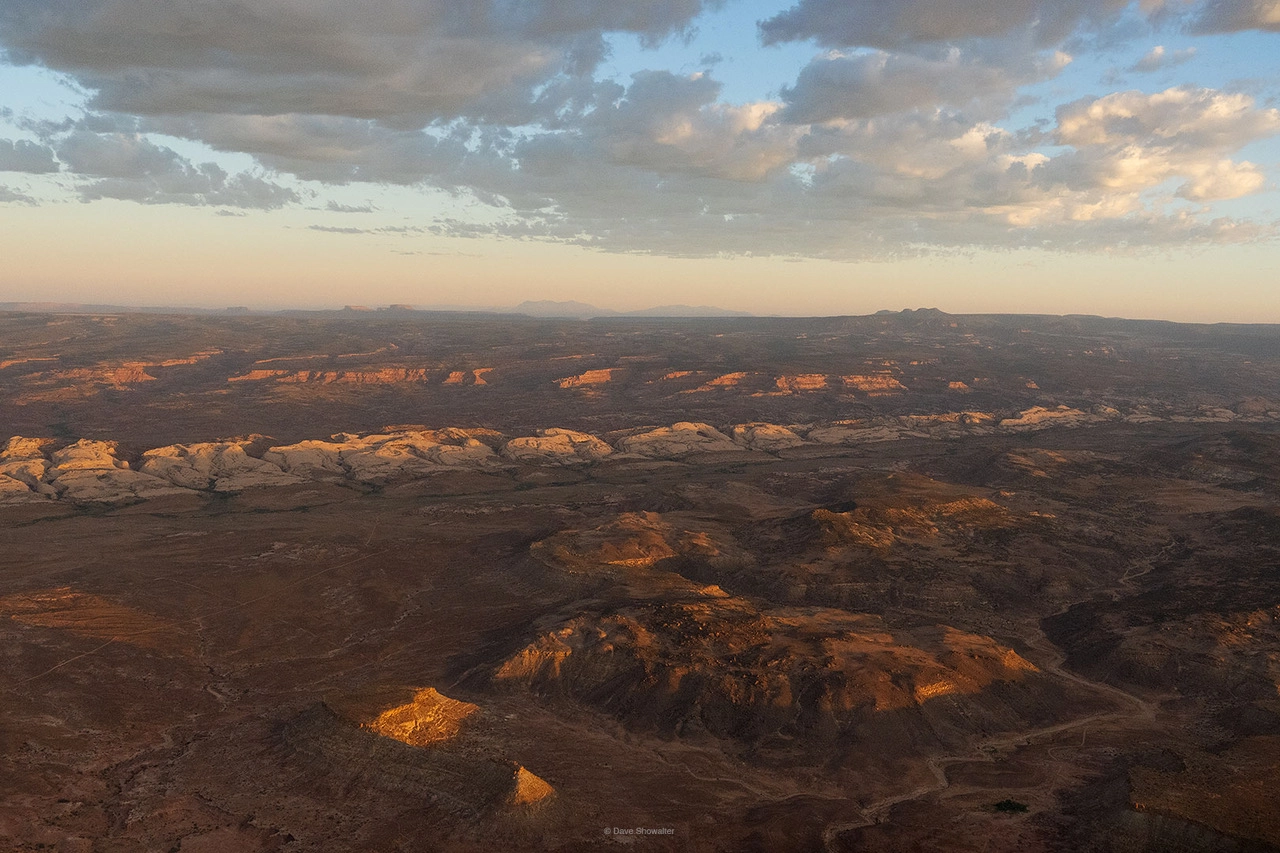
First designated by President Obama, Bears Ears National Monument has been a source of controversy as President Trump tried to reduce its size during his first term and is currently attempting to remove protections against drilling and mining. Photo by Dave Showalter.
In an effort to highlight the significance of preserving these landscapes, LightHawk partnered with long-time collaborator and photographer Dave Showalter to fly over Bears Ears National Monument in Utah. The monument has been at the center of ongoing debate over national monument designations. Initially established by President Obama in 2016, its boundaries were significantly reduced by President Trump in 2017. That decision was challenged in court and later reversed by President Biden in 2021. As the national conversation around public land protections continues, former President Trump has indicated plans to again reduce protections for Bears Ears and several other monuments.
Showalter’s stunning imagery captures the imagination and highlights the natural beauty of the region. The area within the monument is largely undeveloped and contains a wide array of historic, cultural and natural resources. It is co-managed by the Bureau of Land Management and United States Forest Service, along with five local Native American tribes: the Navajo Nation, Hopi, Ute Mountain Ute, Ute Indian Tribe of the Uintah and Ouray Reservation, and the Pueblo of Zuni, all of which have ancestral ties to the region.
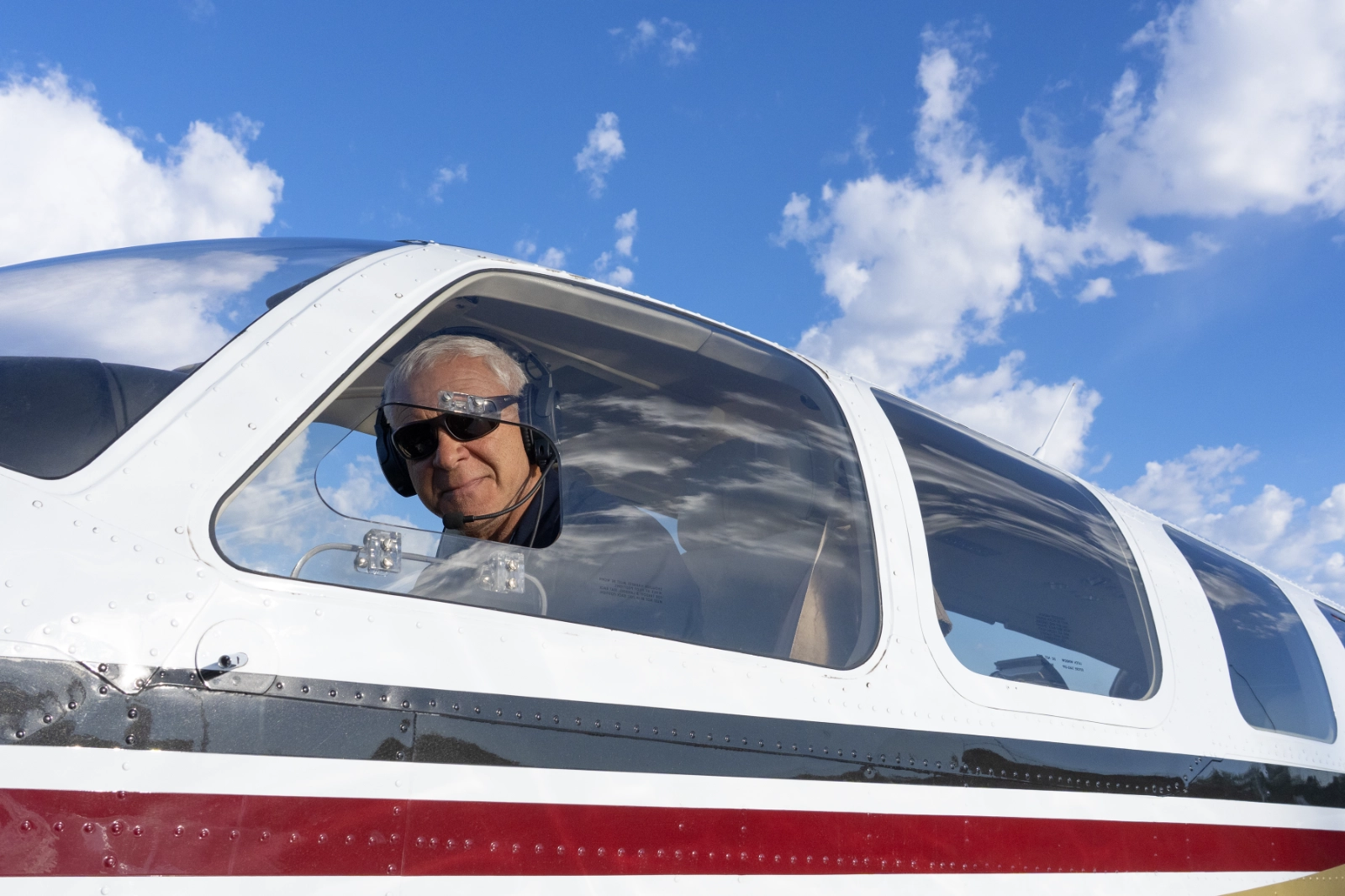
Volunteer Pilot Lee Gerstein provided the flight for photographer Dave Showalter. Photo by Dave Showalter.
The flight, provided by volunteer pilot Lee Gerstein, lasted about an hour and a half while flying over iconic landscapes. Showalter was able to collect aerial photographs that are beautiful and show the majesty of Bears Ears.
This was the first of what we hope will be multiple flights aimed at illustrating the importance of protecting this and other National Monuments across the country. These lands hold immense cultural and scientific value, and we aim to support efforts to safeguard them from the threats posed by industrial extraction.
We’re grateful to Lee Gerstein for providing the flight, and to long-time LightHawk partner Dave Showalter for his continued collaboration.
Photos by Dave Showalter

